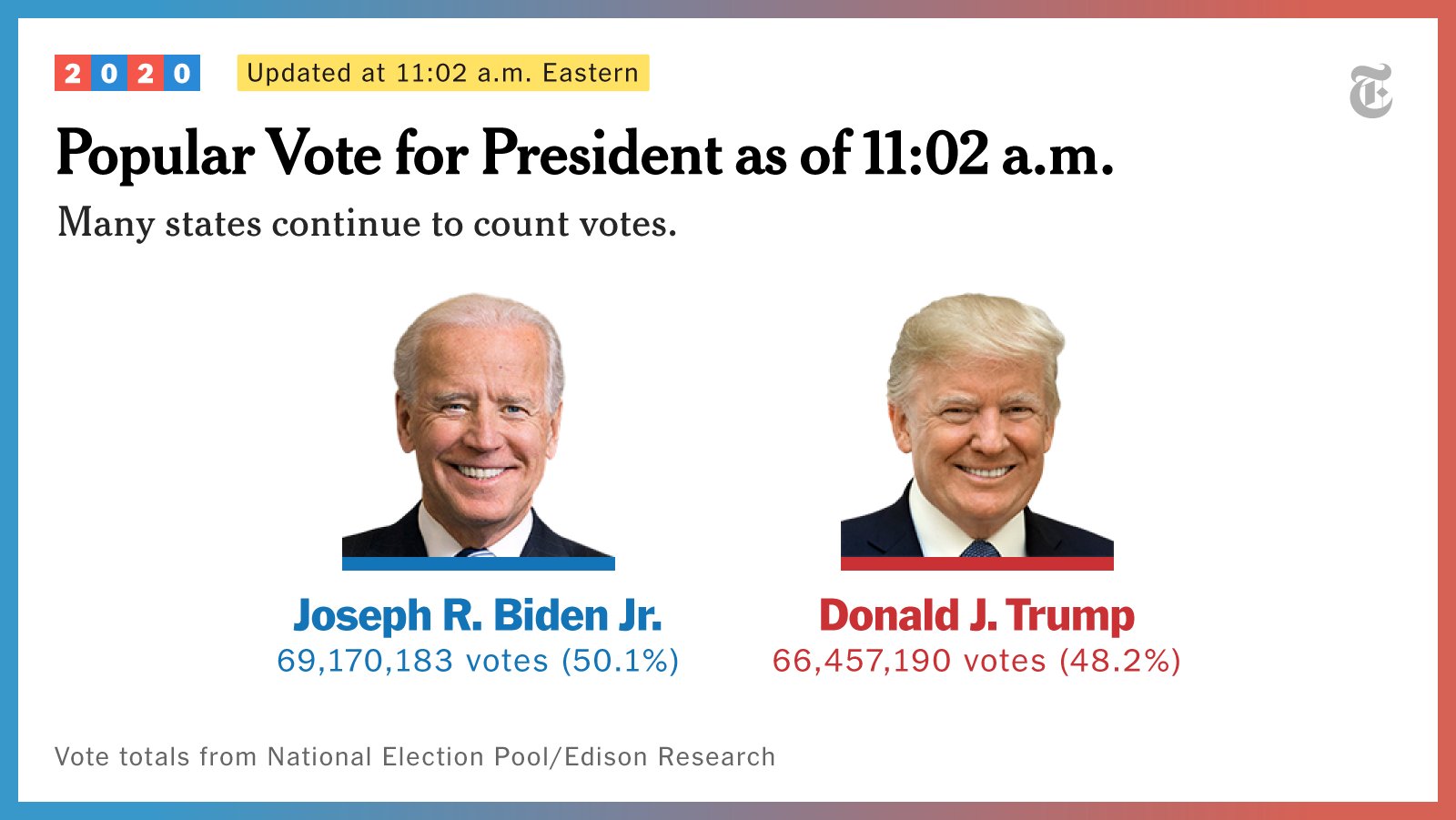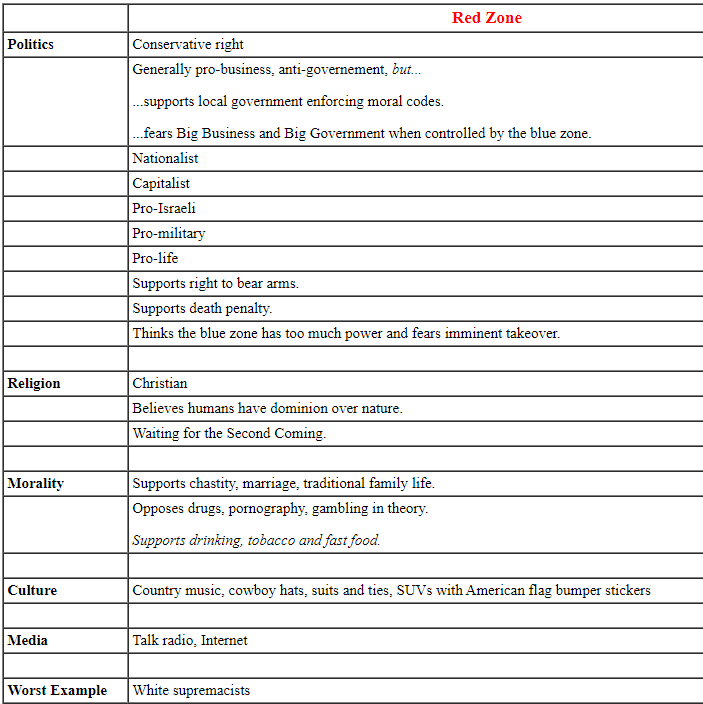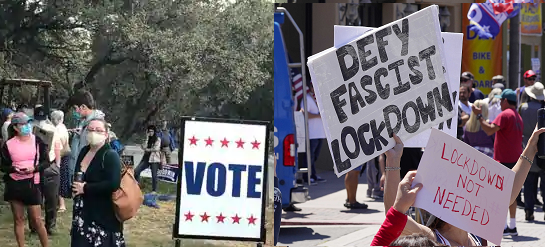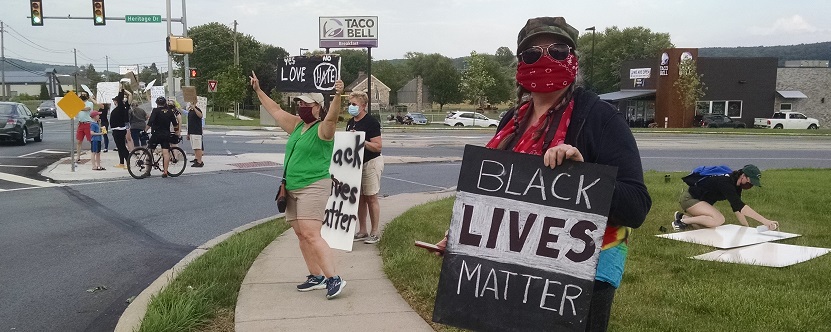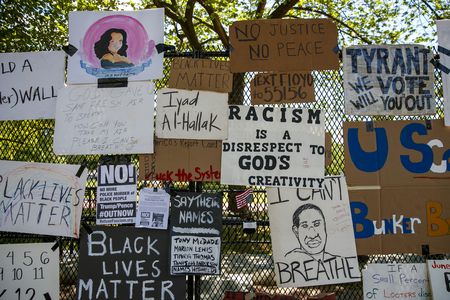The Red-Blue Network-Centric Wars, or, Clash of the Media Bubbles
In the late 1990s, with the Cold War just ended and the United States as the world hegemonic “sole superpower”, a new doctrine of warfare called network-centric warfare emerged. The gist of it: “use information networks to get an advantage.” It was an acknowledgement of the growing power of densely networked computers, such as the Internet which we take for granted today.
Meanwhile, a constitutional lawyer named Philip Bobbitt was writing his seminal book The Shield of Achilles, in which he argued that the constitutional order of the industrial nation state was giving way to a new order, which he called the informational market state. Securing opportunity and choice were the new functions of government, over providing welfare and solidarity.
Fast forward to 2020, and we are in the midst of Cold Civil War II, the battle between the red zone and the blue zone that I’ve been blogging about lately. The United States has abandoned the world stage, and is focused internally. A pandemic undermines the legitimacy of the new market state order, by both reducing economic opportunity and creating a public welfare imperative. And the power of the world wide computer network is something to be feared now; it lets bad actors, even foreign powers, manipulate public consciousness. Information runs amok and the Internet is a battlefield in a domestic war, with each side using the network to spread agitprop promoting its particular version of reality.
For example, in the red zone reality bubble, millions of votes cast for Joe Biden in the 2020 Presidential election were fraudulent. Personally, I think that’s BS – if it were true, Trump’s lawyers would explicitly make the claim in court instead of only in media statements. But I am a partisan of the blue zone in this war, so how could my words carry any weight with a partisan of the red zone? It seems we’re at an impasse – and it shows in the paralyzation of our government.
The problem is, with each side convinced of the veracity of its version of the truth, how is the consumer-citizen of the informational market state supposed to know which version is correct? If we are a really in a state, as Bobbitt argues, where we can choose from a menu of informational realities – will that be facebook, or parler, sir? – then how could we ever function as a polity? We need some common ground to stand on.
I am reminded of the time of the French Revolution, when rumors spread readily and people on either side easily believed the worst about the other faction. It was a mindset that pushed the people of that time to extremes of violence. I worried about this earlier in a book review. No, they didn’t have the Internet then, but that’s beside the point. An information network is there, regardless of the technology in use.
Ultimately, the chaos and violence of the French Revolution opened a path for an autocratic ruler to emerge and restore order. The people of the time were just glad for extremists on either side of the partisan divide to be put down. The moderates prevailed, but only because an authoritarian silenced the mobs. Trump might have been like Napolean and achieved this…but as it turned out, he didn’t.
I think the willingness of people to ensconce themselves in their media bubbles and stick with their partisan “zone” reflects a strong need for a consensus narrative, for a sense of collective purpose. We just need that purpose not to be at odds with the vision of a major segment of the populace within our same society. Maybe the United States is paying a price for becoming the sole superpower: there is no external power to unite us, as there was in the last crisis, so we’re left to fight each other. 9/11 might have been like Pearl Harbor…but as it turned out, it wasn’t.
So how will the center hold now? I honestly can’t say, but I suspect we’ll find out in the months to come. This will probably be my last red-vs-blue post for awhile, until some major change breaks. Meanwhile, I certainly will be watching my media bubble feeds with trepidation.
